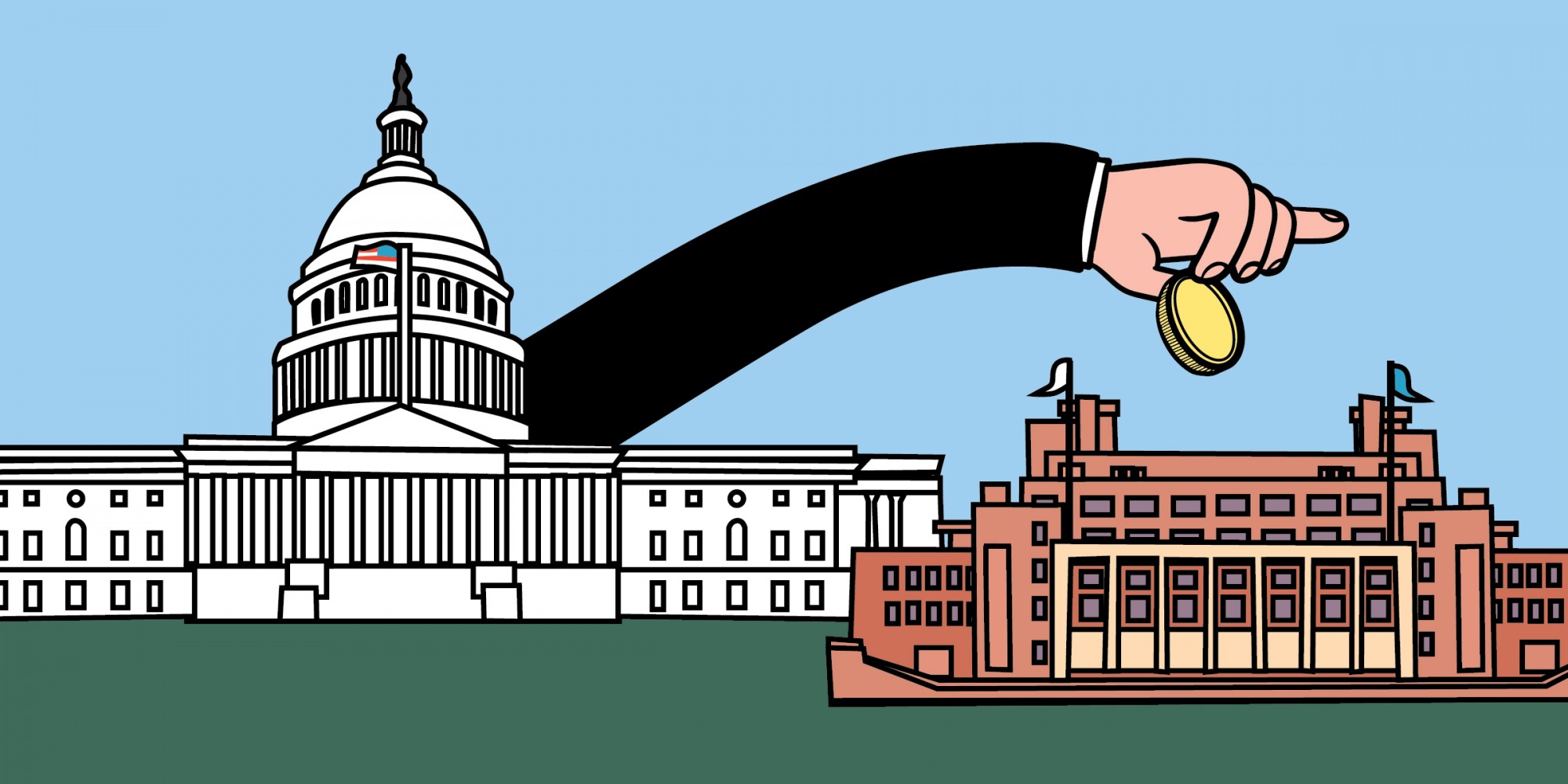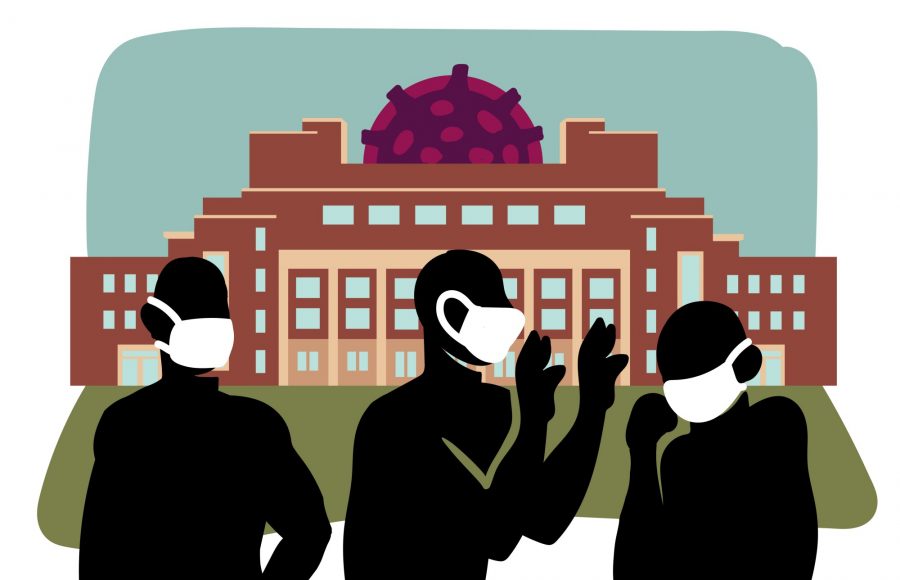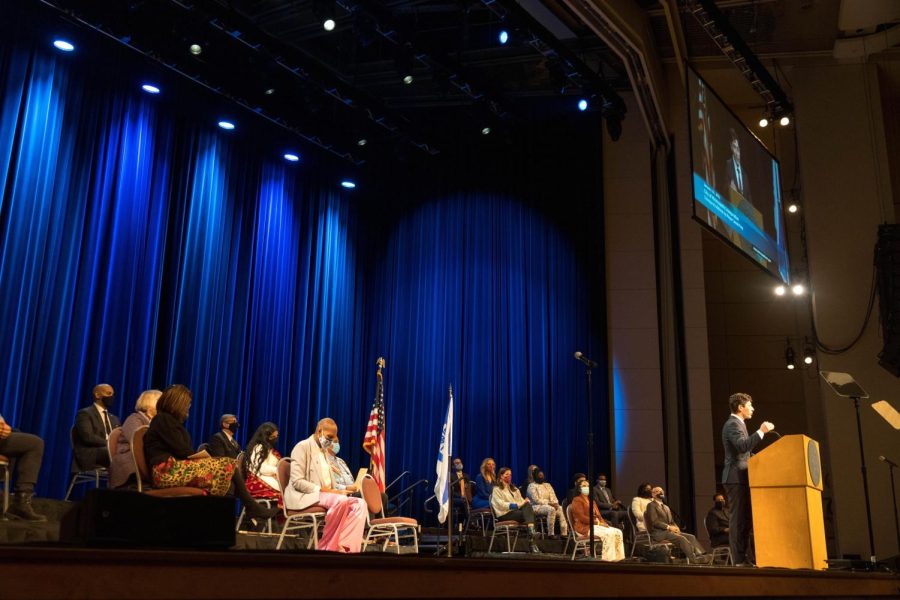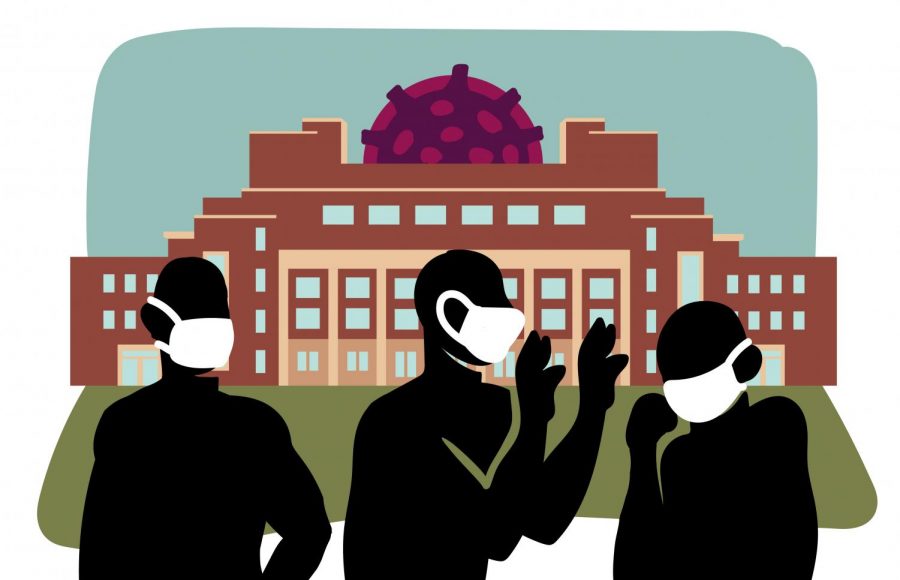Amid the state’s budget challenges during the COVID-19 pandemic, the University of Minnesota’s financial requests look a little different from last year’s — and the previous 20 years’.
The statewide budget deficit of $1.27 billion for 2022-23 caused by the pandemic and a delayed 2020 legislative session factored into the University’s low ask for state funding this year. Both the capital request and the biennial budget request this year are lower than in years before.
“I think [lawmakers] appreciate that the University has some pretty reasonable requests, compared to terms of the dollar size, and that we’ve looked at the deficit we know that the state is in and the tough challenges ahead,” said J.D. Burton, chief government relations officer for the University.
The $46.5 million budget request for additional funding is the lowest it has been in two decades. The last two requests were $87 million two years ago and nearly $150 million in 2017, with the Legislature approving $43.5 million and about $55 million in those cycles, respectively.
This funding is on top of the nearly $700 million the University already receives from the state of Minnesota.
The capital request, which will be considered next year, amounts to $264 million — $53 million less than last year’s — and is mostly for Higher Education Asset Preservation and Replacement funds across the University system. The University is also working to construct a new chemistry lab facility on the Twin Cities campus and a new science building on the Duluth campus.
President Joan Gabel is accounting for the additional $46.5 million in the systemwide strategic plan but has not decided how to use the funds.
The plan, called MPACT: 2025, includes goals such as reducing financial barriers for students and recruiting and retaining more diverse students and faculty, among other priorities.
Minnesota Student Association President Amy Ma spoke at the Jan. 14 legislative breakfast with University administrators and state lawmakers to highlight the importance of state funding for student accessibility.
“The University of Minnesota has deep ties with the state of Minnesota. Yet, higher education remains inaccessible to first-generation students, students of color, Indigenous students, students with disabilities and more,” Ma said at the breakfast. “To really fulfill our mission of educating and bettering the state of Minnesota, we will need support from our community members and legislators.”
Some students have expressed concern over tuition, especially during COVID-19, as many are left wondering why they are still paying full tuition for online classes. Last spring, some lawmakers attempted to pass legislation demanding larger refunds for students who left an in-person university for spring break and never returned to University housing.
State funding for the University directly impacts tuition prices.
“Certainly, this may have an impact on what the tuition levels are moving forward,” Burton said, but decisions on tuition prices will not be made until June by the University’s Board of Regents.
Minnesota Gov. Tim Walz also spoke at the legislative breakfast to show his support for the budget requests, noting that the state of Minnesota and the University of Minnesota’s future are closely tied, especially during COVID-19.
“There’s strong agreement that the foundation of this state’s economic engine, cultural engine [and] social engine has been our University systems and of course, the University of Minnesota being the flagship,” Walz said.




























Rusty
Jan 27, 2021 at 10:42 am
If we had National Health Care it would require 100,000 doctors and 100,000 dentists to be educated a year for at least 10 years, along with supporting jobs like nurses and pharmacists, that would that stimulate the economy in the right direction. The infrastructure demand alone would create a engineering and construction boom.